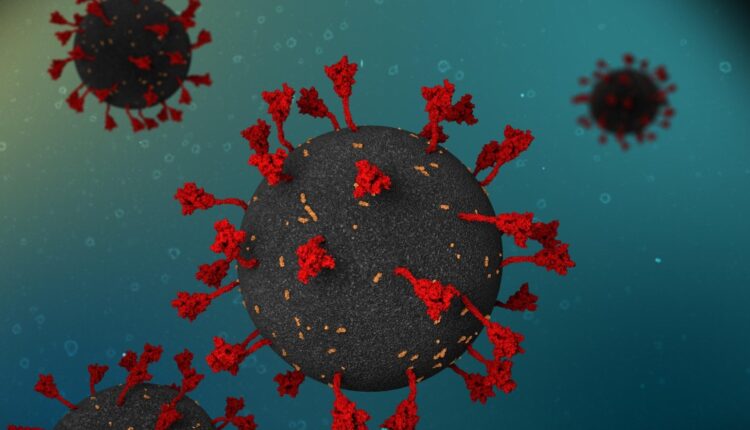Scientists Identify Virus-Cell Interaction That May Explain COVID-19’s High Infection Rate
Bioengineering researchers Lehigh have identified a previously unknown interaction between receptors in human cells and the spike or “S” protein of SARS-CoV-2, the virus that causes COVID-19. This new information could be helpful in developing new strategies to block the entry of SARS-CoV-2 into human cells.
X. Frank Zhang and Wonpil Im From recent studies it was known that the interaction between the SARS-CoV-2 spike protein and the angiotensin converting enzyme 2 (ACE2) receptors in human cells is stronger than the interaction between the structurally identical spike protein of SARS-CoV-1, the virus that caused the SARS outbreak 2002-2004 and the same receptors.
“Our goal was to characterize SARS-CoV-2 and study the protein-protein interactions during human cell invasion to gain more insight into the mechanisms that enable this first step in its successful invasion process,” says Zhang , Associate Professor im Biotechnology and Mechanical engineering and mechanics at Lehigh.
Your results appear in an article entitled “Biomechanical characterization of the SARS-CoV-2 spike RBD and the human ACE2 protein-protein interaction“In a special edition of the Biophysical Journal”Biophysicists deal with Covid-19 challenges I., ”Published in mid-March. Other Lehigh authors include: Wenpeng Cao, Decheng Hou and Seonghan Kim in bioengineering; Chuqiao Dong in engineering and mechanics; and from the Lindsley F. Kimball Research Institute, New York Blood Center, Wanbo Tai and Lanying Du.
With the help of combined single-molecule force spectroscopy and molecular dynamics simulations, the teams from Zhang and Im were able to identify a previously unknown interaction between ACE2 glycans (sugar groups that adhere to the surface of proteins) and the SARS-CoV-2 spike. It is this interaction that appears to be responsible for strengthening the virus-cell interaction. This could partly explain the higher infection rate of COVID-19 compared to the similar virus that caused the SARS outbreak in 2002-2004.
“We were surprised that the specific interaction between ACE2 glycans and the SARS-CoV-2 spike protein made separating the virus from the cells so difficult,” says Im, professor of bioengineering, computer science and chemistry and life sciences as well Endowed Chair of Health, Science and Technology of the President in Lehigh.
To arrive at these results, the team used Zhang’s innovative single molecule detection technique, which measured the detachment force of the interaction between the spike protein and the ACE2 receptor. Using the all-atom molecular dynamics simulations of the complex system available in CHARMM GUI Developed by Im, they then identified the detailed structural information in this interaction.
“After carefully removing all of the ACE2 glycans and measuring the strength of the interaction, we found that the strength of the SARS-CoV-2 spike-ACE2 interaction fell back to levels similar to SARS-CoV-1,” says Zhang .
“It is possible that this newly discovered interaction with ACE2 glycans may contribute to the higher rates of COVID-19 than the structurally similar SARS-CoV-1, which has a weaker interaction,” says Zhang. “We hope that researchers can use this information to develop new strategies for identifying, preventing, treating, and vaccinating against COVID-19.”



Comments are closed.